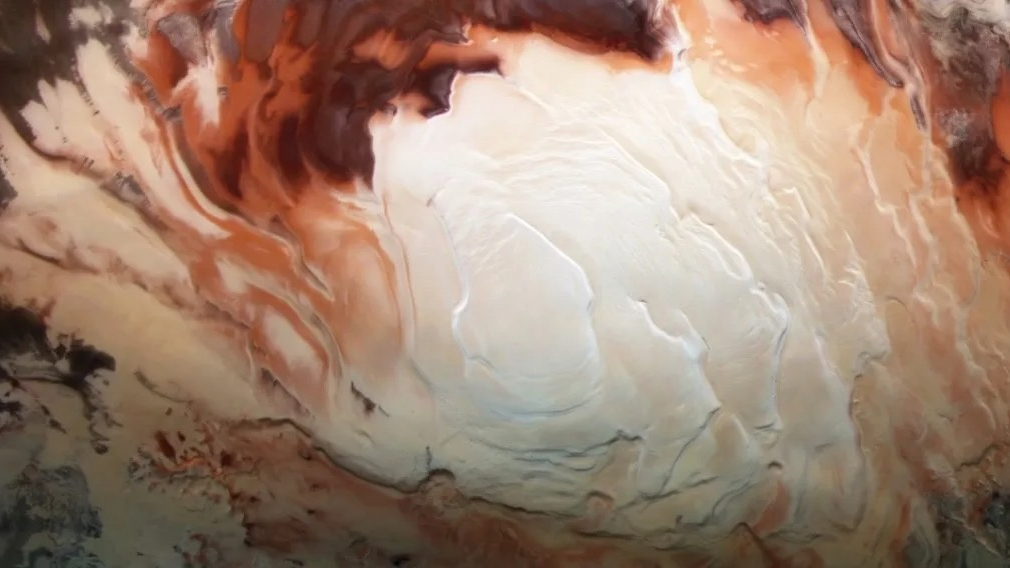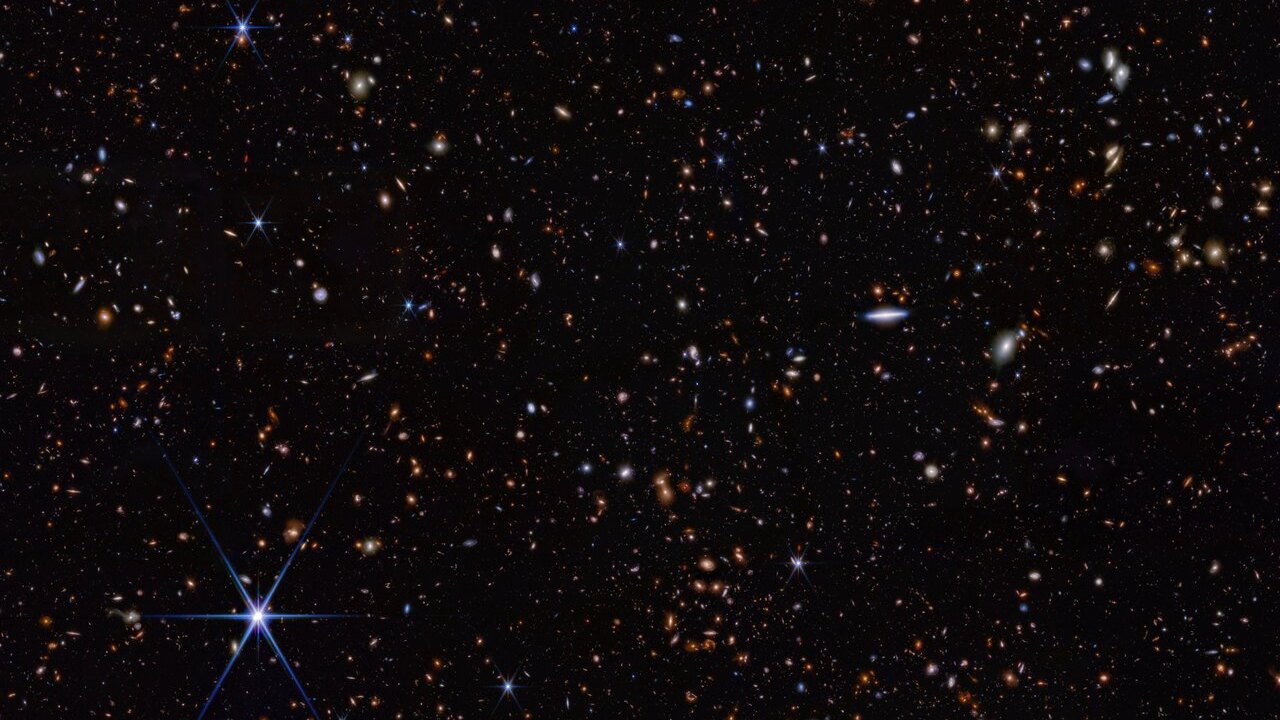
Keith Cooper
Keith Cooper is a freelance science journalist and editor in the United Kingdom, and has a degree in physics and astrophysics from the University of Manchester. He's the author of "The Contact Paradox: Challenging Our Assumptions in the Search for Extraterrestrial Intelligence" (Bloomsbury Sigma, 2020) and has written articles on astronomy, space, physics and astrobiology for a multitude of magazines and websites.
Latest articles by Keith Cooper
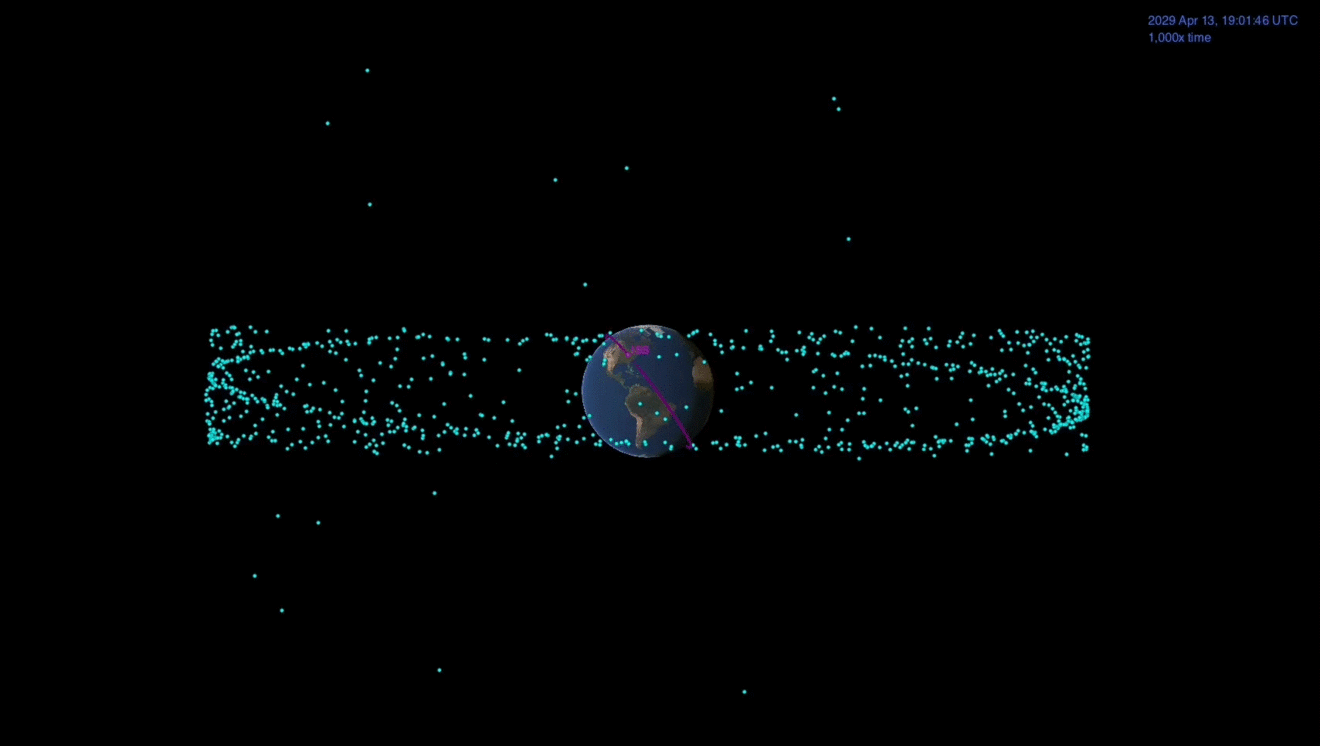
Asteroid Apophis will visit Earth in 2029, and this European satellite will be along for the ride
By Keith Cooper published
As Apophis passes closer to Earth than geosynchronous satellites in April 2029, the asteroid will hopefully be tracked by a new ESA mission called Ramses.
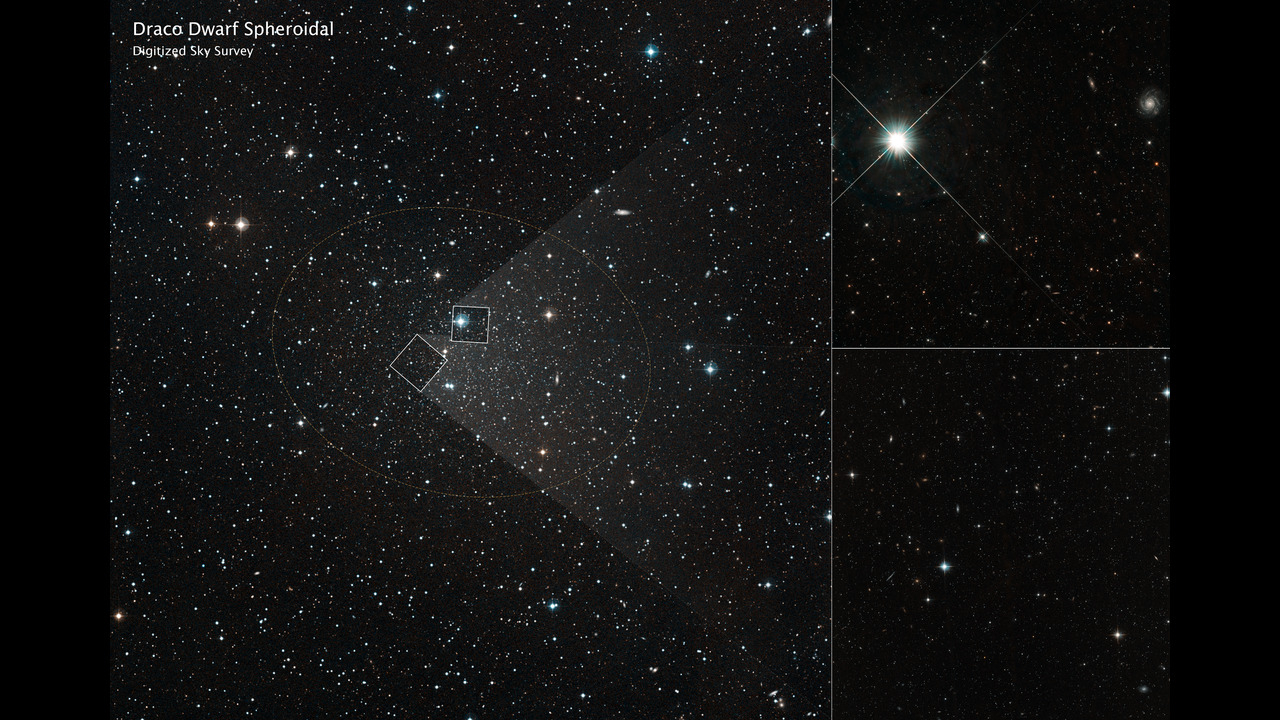
Hubble Telescope tracks a dwarf galaxy's stars to map out dark matter
By Keith Cooper published
By measuring the motions of stars in the Draco dwarf galaxy, the Hubble Space Telescope was able to map the density profile of dark matter.
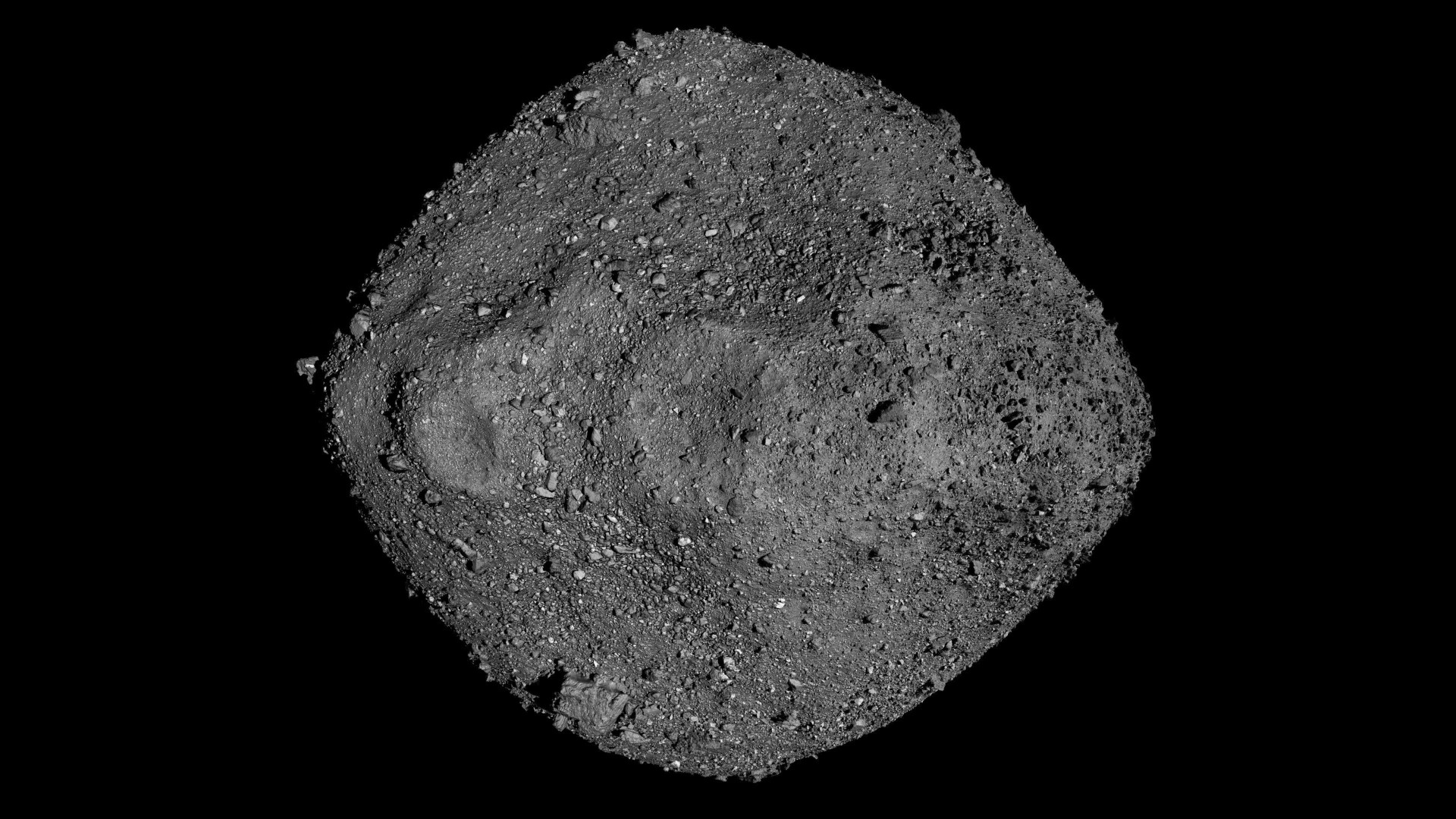
'Dark comets' may have given Earth its water long ago
By Keith Cooper published
'Dark comets,' which have no visible tail, could also explain the strange behavior of the interstellar object 'Oumuamua.

SpaceX rivals challenge Starship launch license in Florida over environmental, safety concerns
By Keith Cooper published
United Launch Alliance and Blue Origin have cited safety and environmental factors in challenges to SpaceX's launch license for Starship at Kennedy Space Center in Florida.

What are Dyson spheres, and how do we look for them?
By Keith Cooper last updated
Learn who first thought of the idea for Dyson spheres, as well as how they work and how we search for them with infrared telescopes.
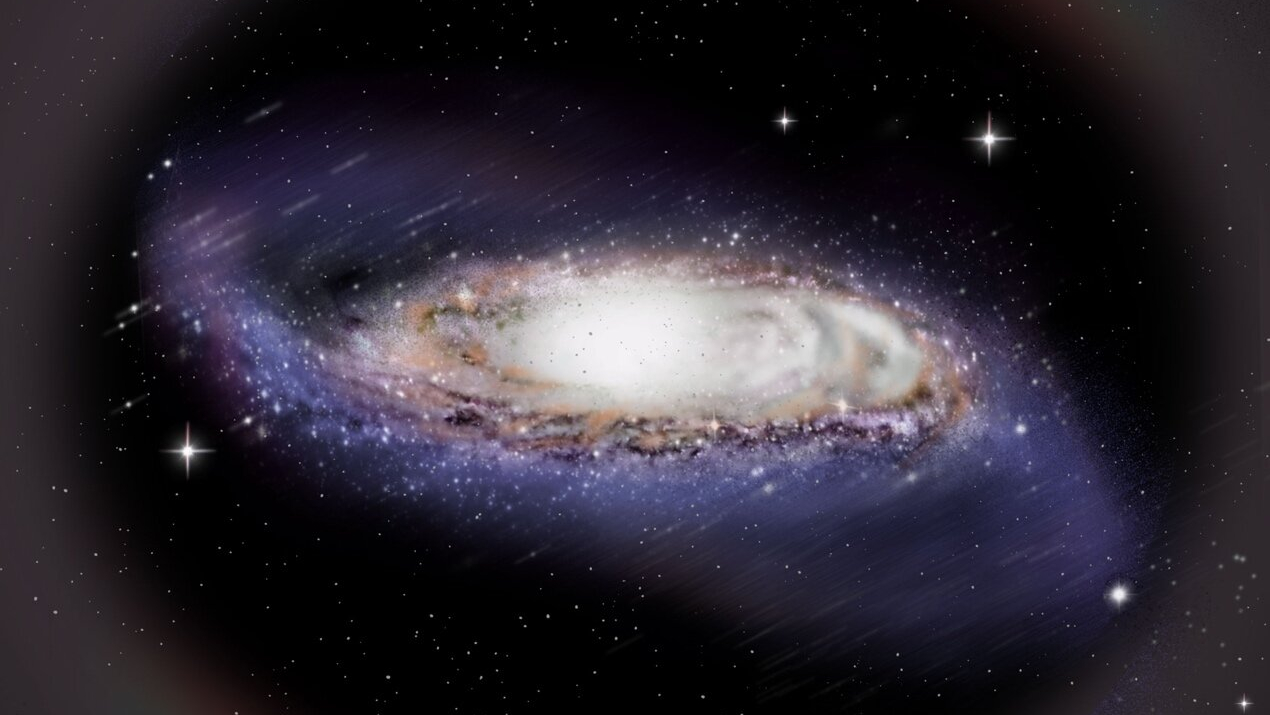
Astronomers measure 'warp speed' of Milky Way galaxy
By Keith Cooper published
The Milky Way is warped, and the alignment of this warp is precessing backwards around the galaxy under the influence of a squashed dark matter halo.

The great silence: Just 4 in 10,000 galaxies may host intelligent aliens
By Keith Cooper published
Without plate tectonics, oceans and continents, complex life that is able to invent and master advanced technology might never evolve.

Rare 'polar rain' aurora seen from Earth for the first time
By Keith Cooper published
Seen for the first time from the ground, the polar rain aurora produced an eerie green glow captured on camera in Norway.
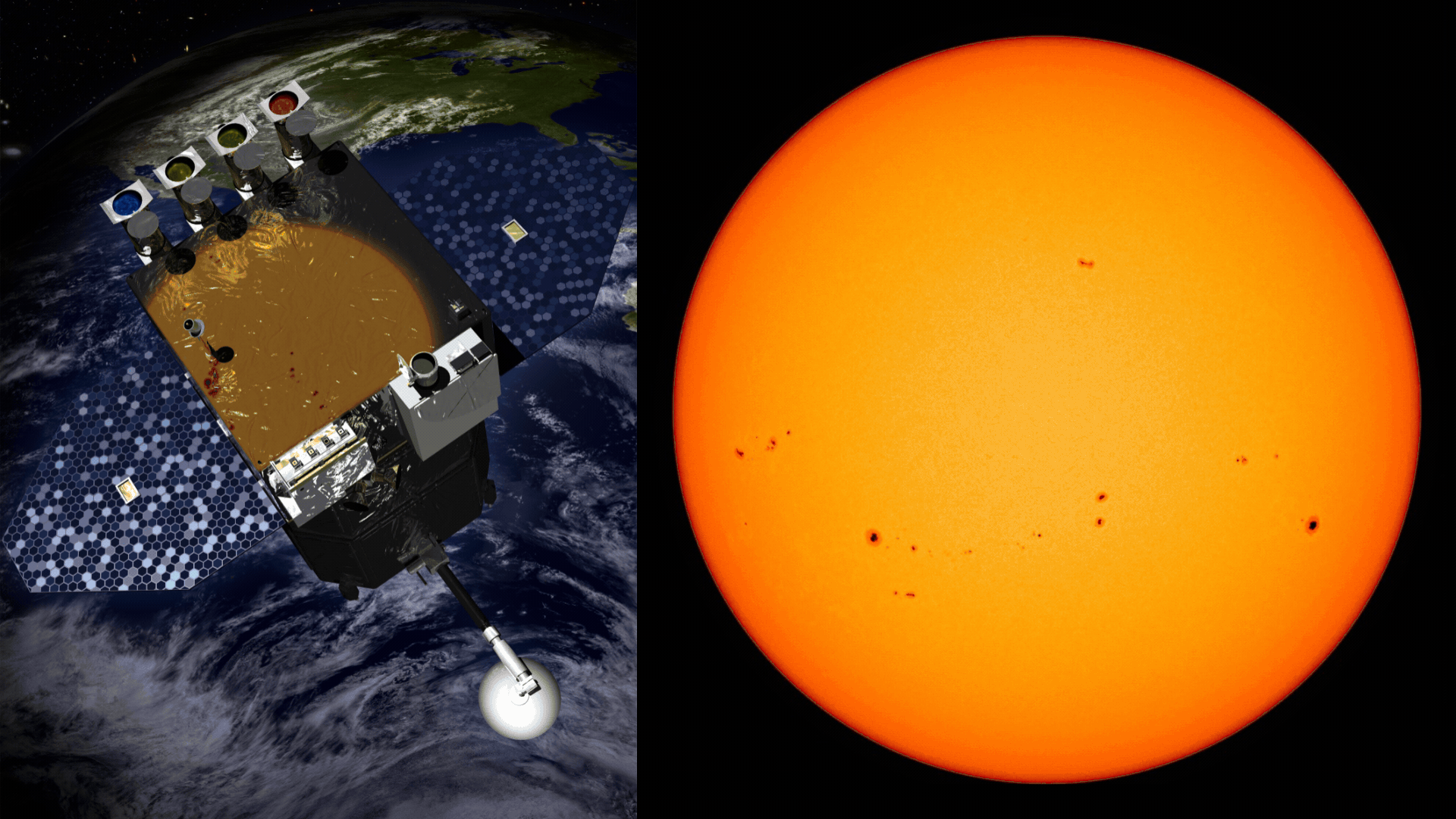
Solar Dynamics Observatory: Discovering the secrets of the sun's magnetic field
By Keith Cooper last updated
Reference Learn how the sun's secrets have been gradually revealed by NASA's Solar Dynamics Observatory.
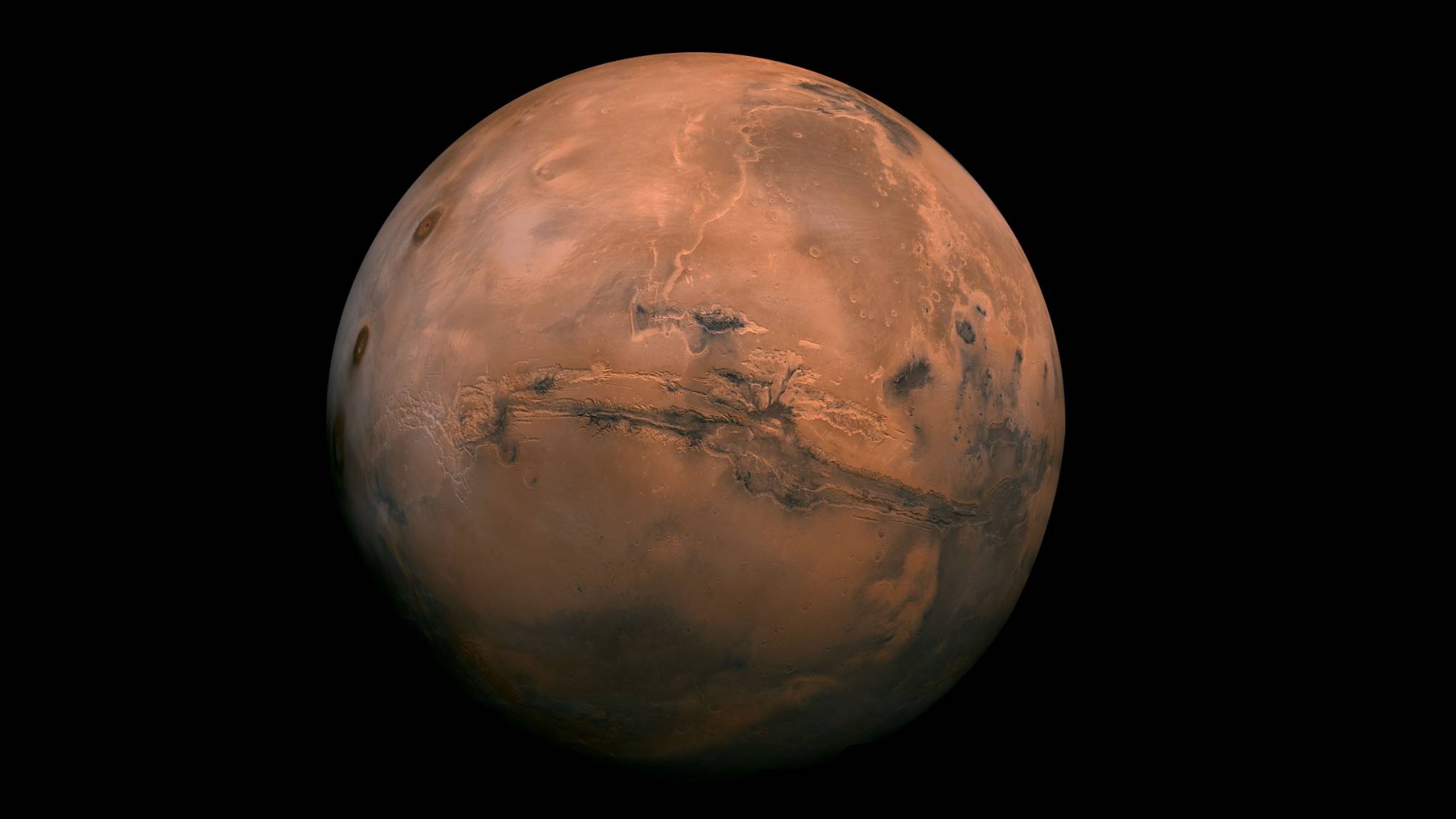
Mars is an asteroid punching bag, NASA data reveals
By Keith Cooper published
Small asteroids have the Red Planet in their crosshairs more often than not, as Mars lander's seismometer detects their impacts.
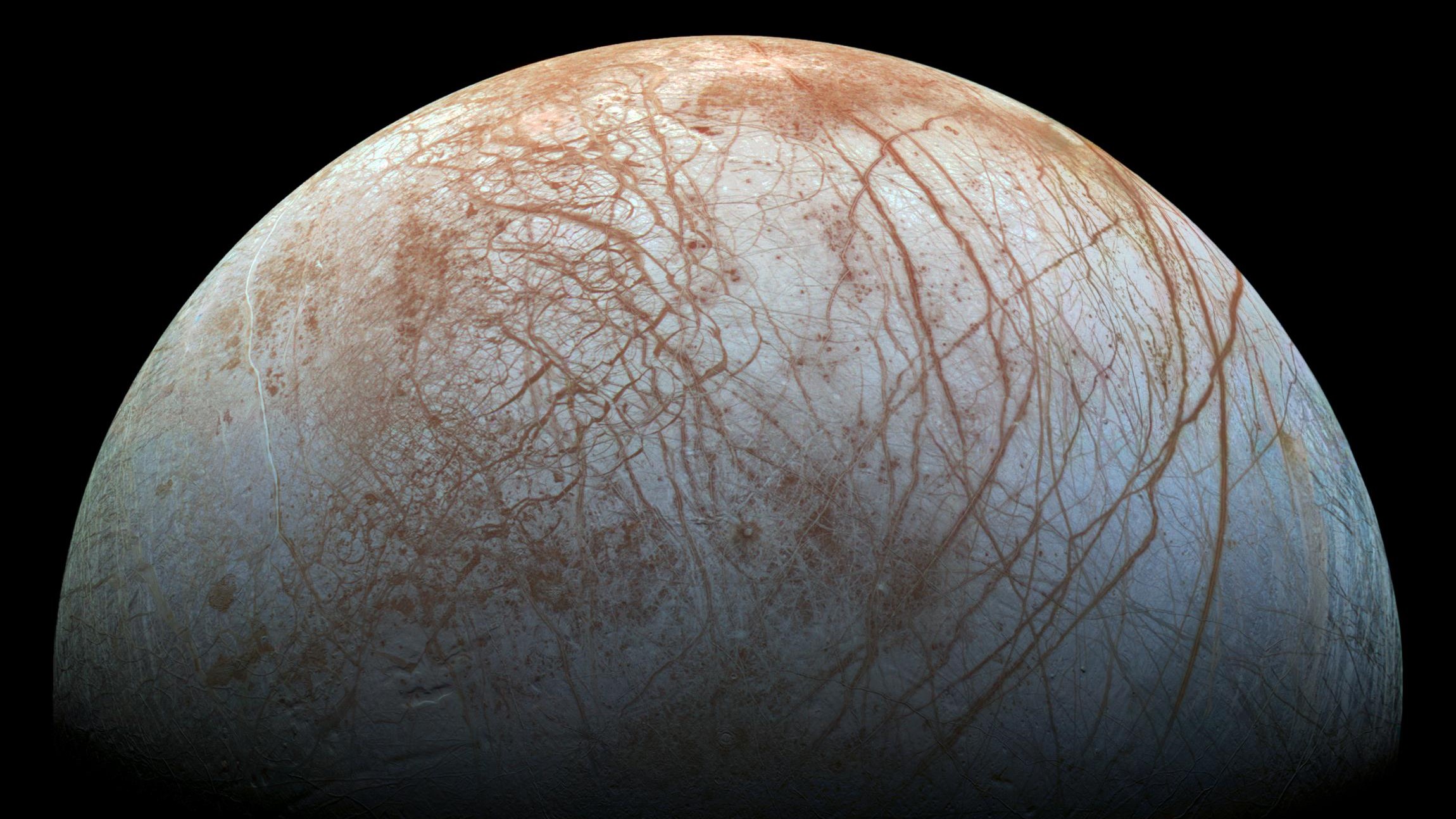
If alien life exists on Europa, we may find it in hydrothermal vents
By Keith Cooper published
Cool to moderately warm hydrothermal vents circulating water through the seabed could sustain habitable conditions on moons such as Jupiter's Europa and Saturn's Enceladus for billions of years.
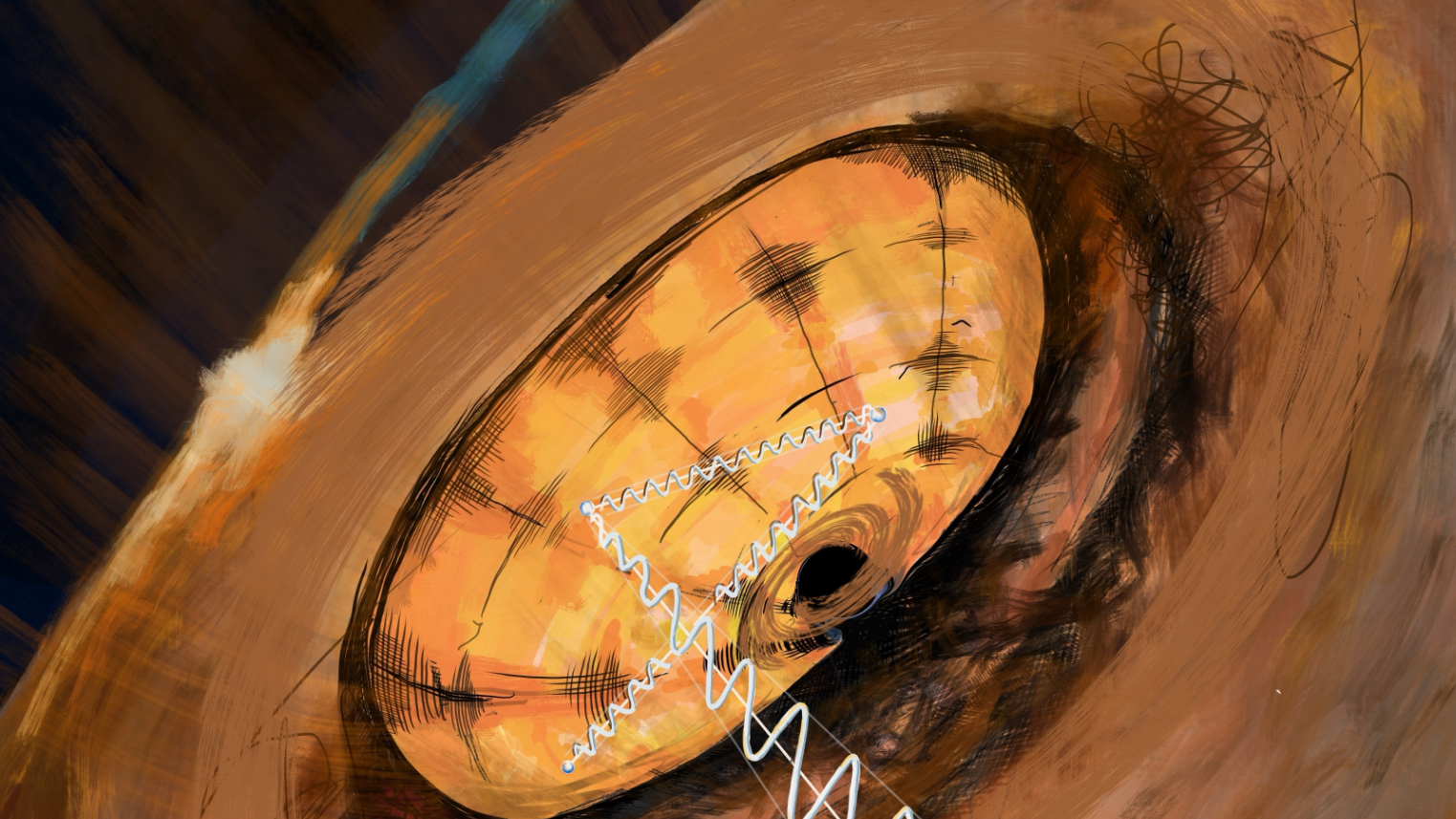
Why is mystery object Cygnus X-3 so bright? Astronomers may now have the answer
By Keith Cooper published
The X-ray-emitting binary system Cygnus X-3 features a massive Wolf-Rayet star donating matter to a compact object, probably a black hole.
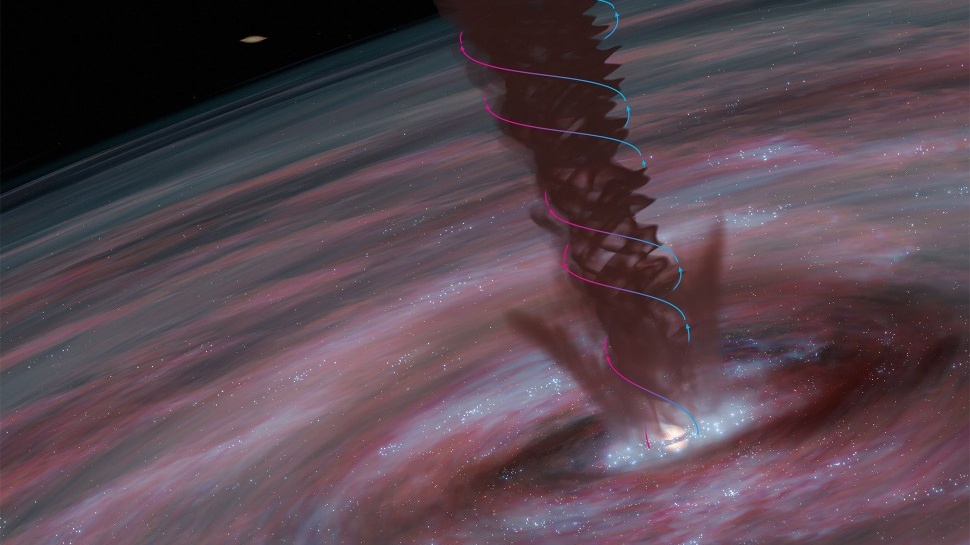
Magnetic vortices may help feed supermassive black holes. Here's how
By Keith Cooper published
A spinning magnetic wind blows from supermassive black holes, paving the way for more matter to fall into them, scientists say.
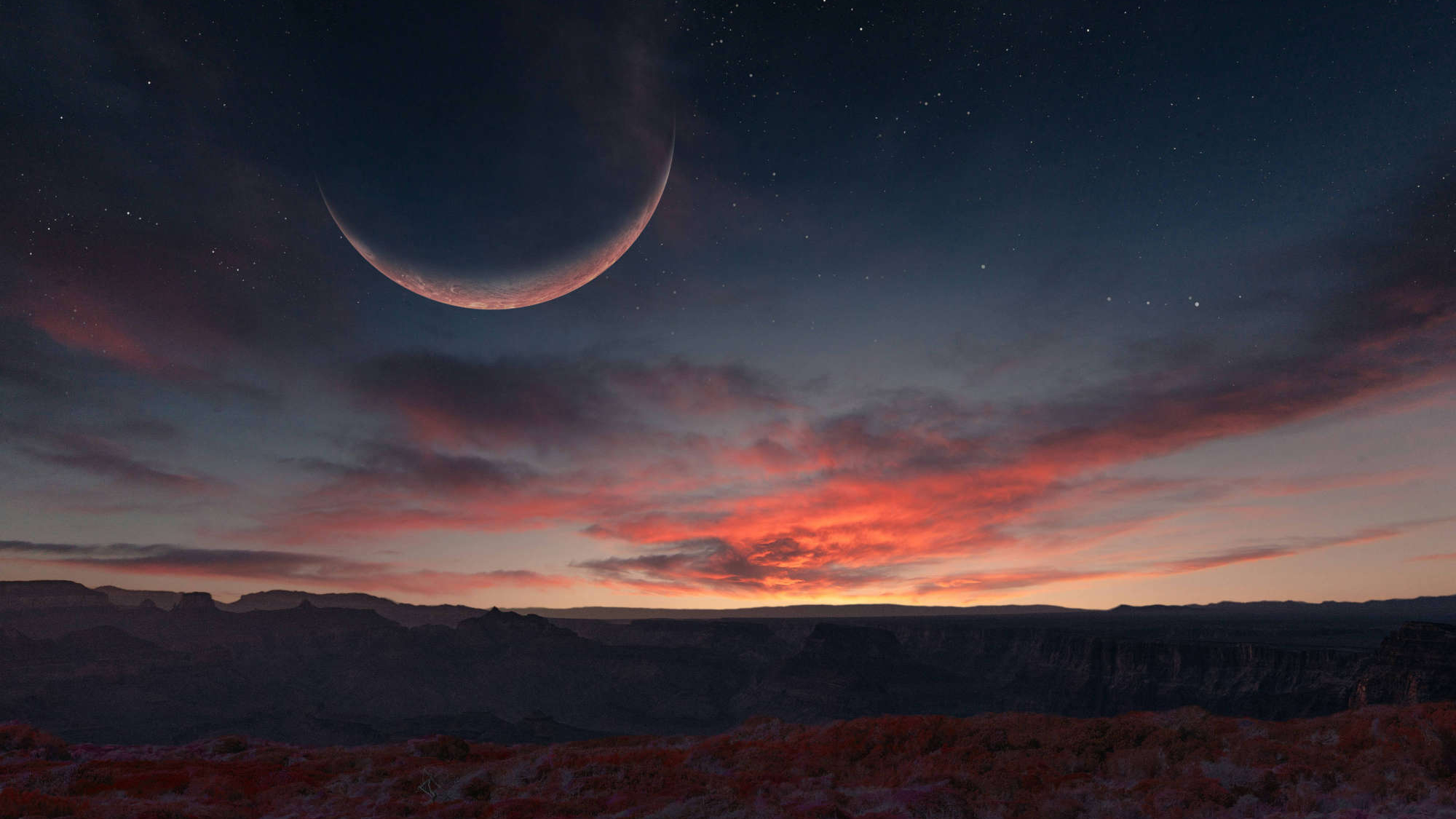
Why smaller planets are better at building large moons
By Keith Cooper published
The energy of moon-forming can have a big say in whether large or doomed smaller moons are built.
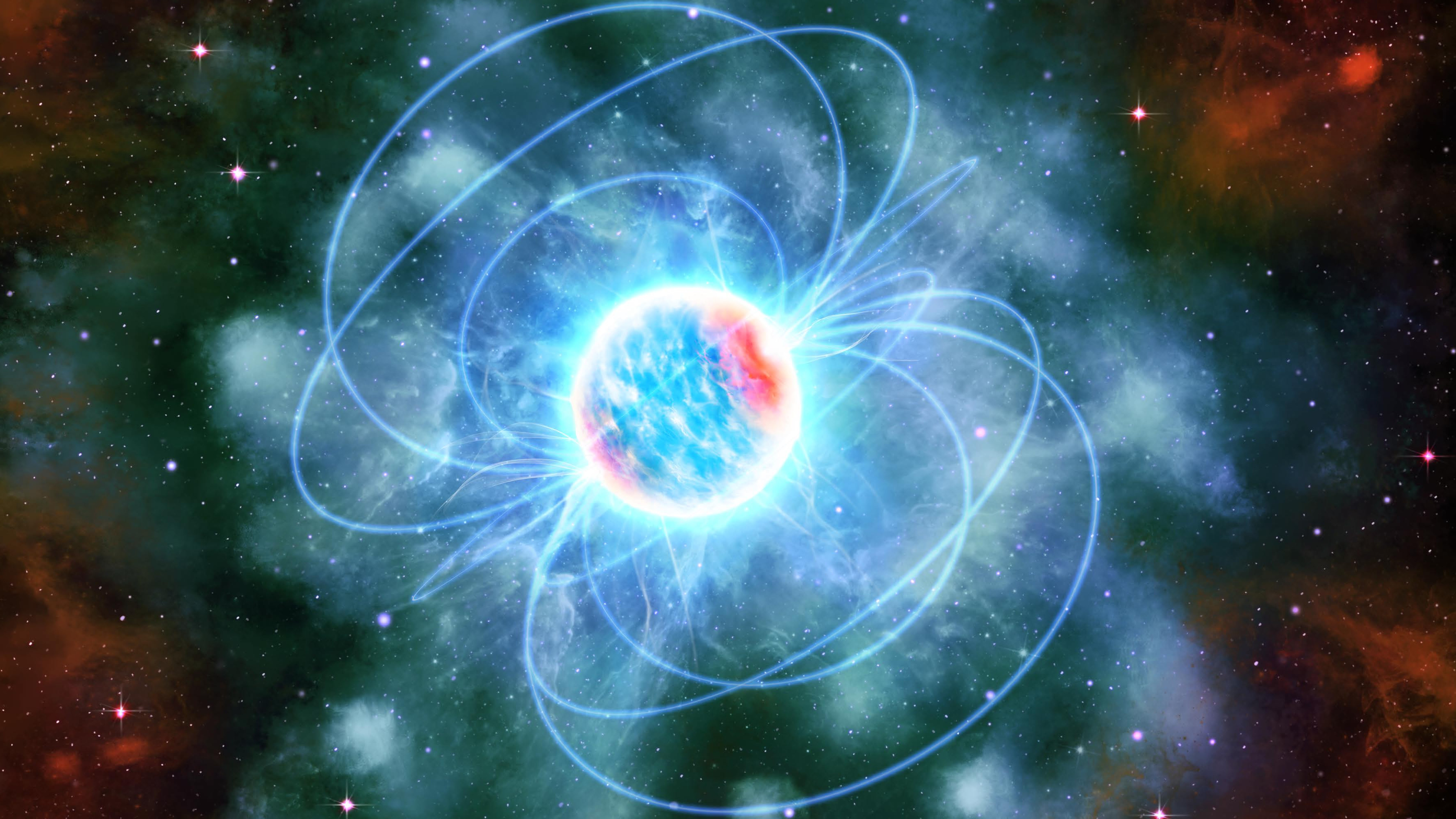
How neutron stars 'playing it cool' could unlock exotic physics
By Keith Cooper published
Neutron stars with surface temperatures millions of degrees cooler than expected rule out a swathe of possible models to describe the physics of such objects.
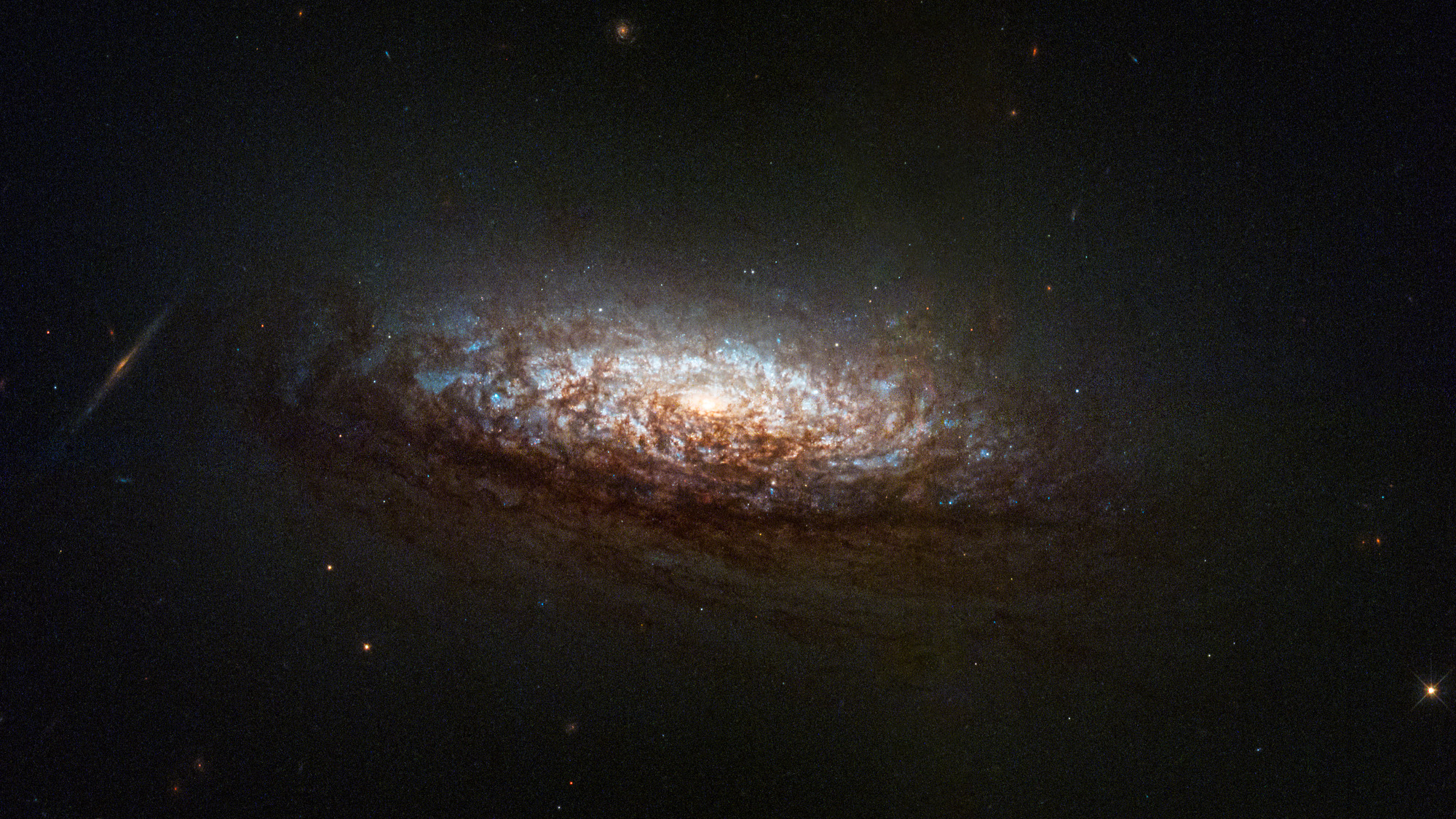
Hubble Telescope bounces back with glorious galaxy pic in '1-gyroscope mode'
By Keith Cooper published
The Hubble Space Telescope snapped a striking shot of the fluffy spiral galaxy NGC 1546, showing it can still observe the heavens in its new one-gyroscope mode.
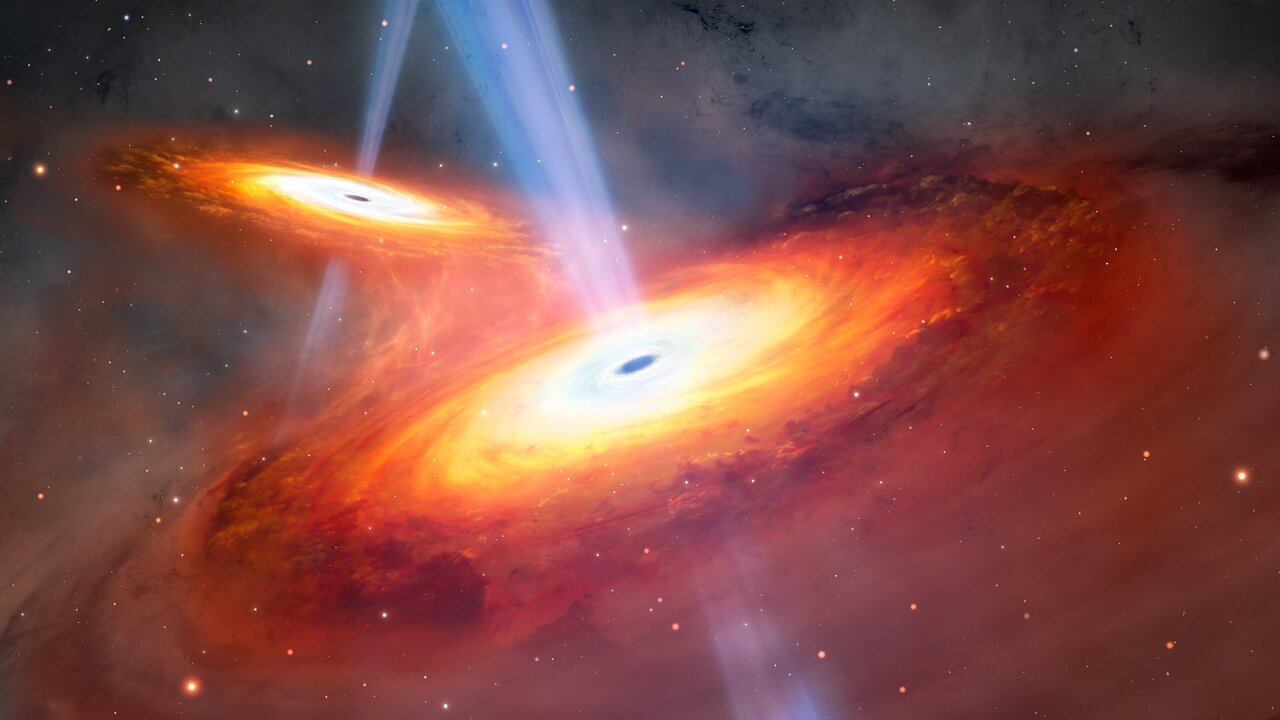
How 2 quasars at the dawn of time could be a Rosetta stone for the early universe
By Keith Cooper published
The two active supermassive black holes are the most distant pair of quasars ever seen and shed more light on how the universe transformed into what it is today.
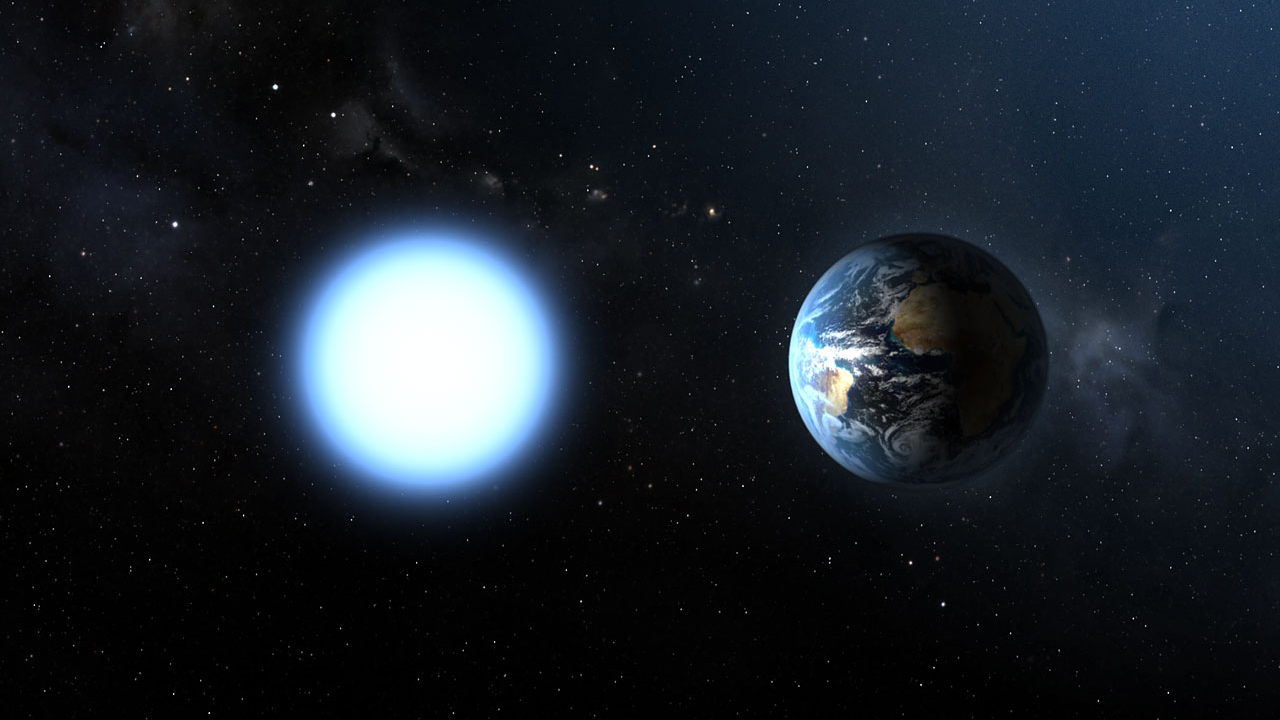
Life after stellar death? How life could arise on planets orbiting white dwarfs
By Keith Cooper published
Stellar death need not be the end for orbiting planets, which could see their ice melt as they move closer to the white dwarf that their star evolves into.
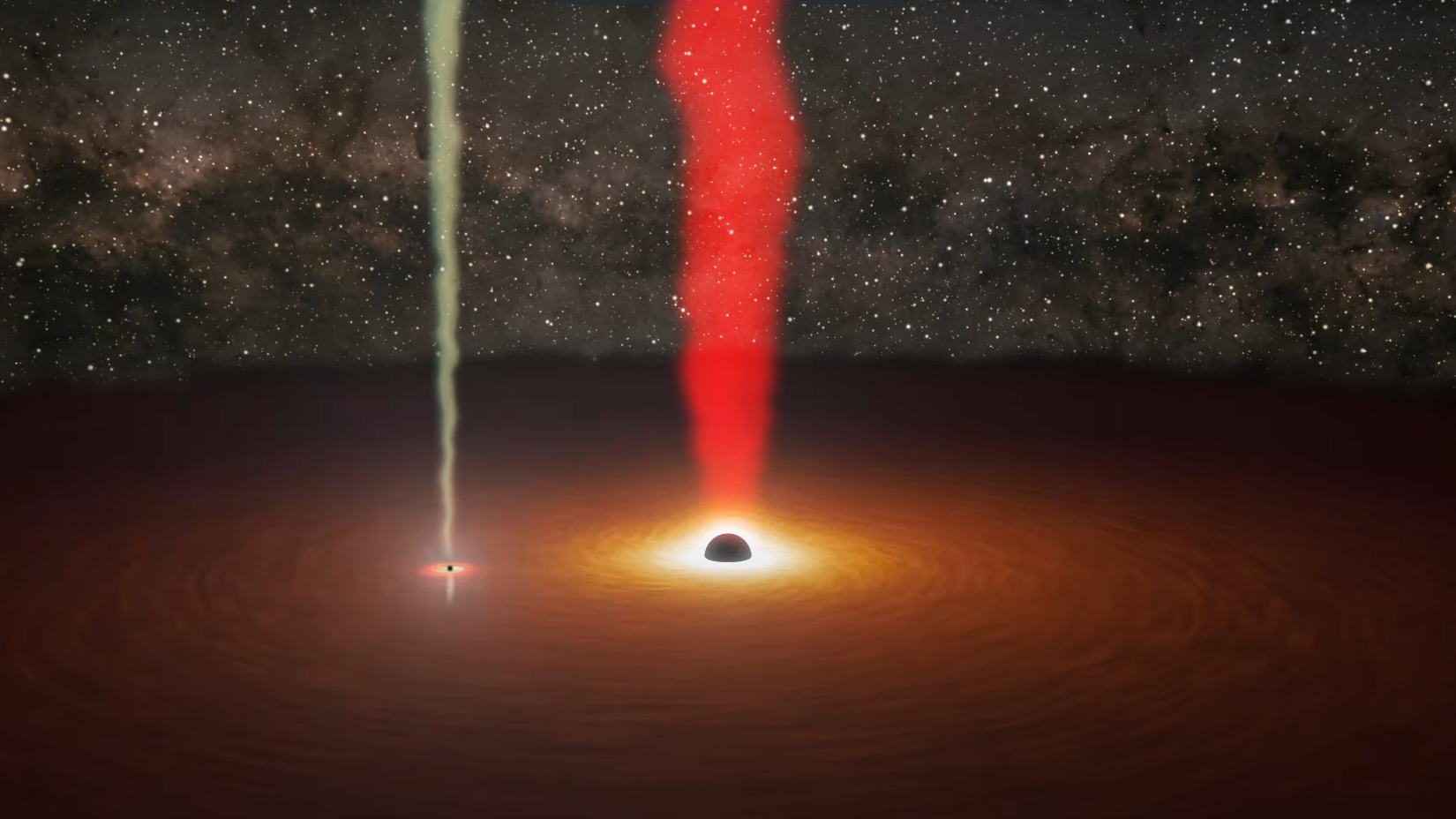
At the heart of this distant galaxy lies not 1, but 2 jet-blasting black holes
By Keith Cooper published
The two black holes at the heart of the galaxy OJ 287 are true behemoths with masses of 18.35 billion and 150 million times the mass of our Sun.
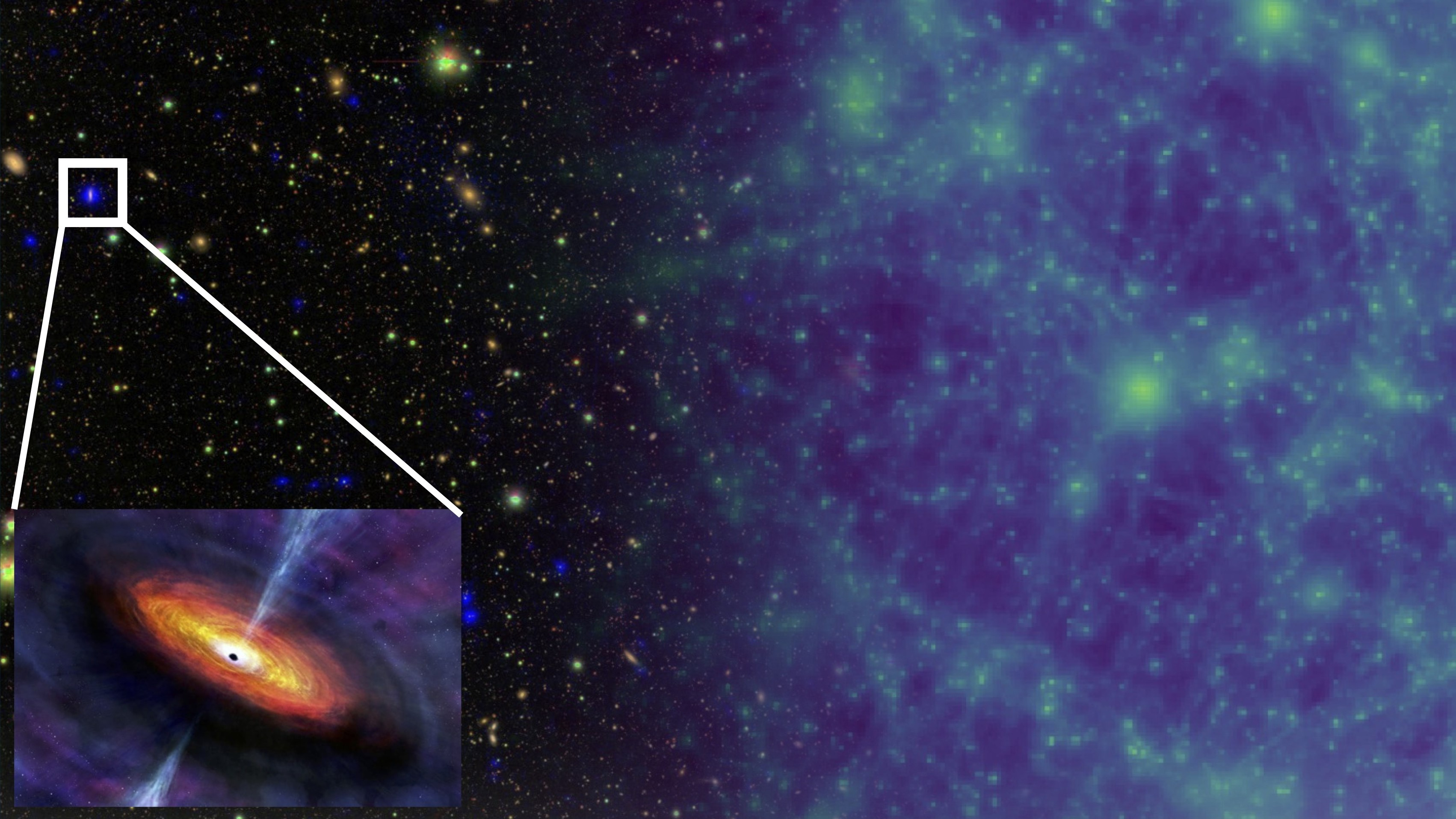
12 billion years of black hole history, revealed through X-rays and simulations
By Keith Cooper published
New findings show the black hole at the heart of our Milky Way galaxy had a late growth spurt.
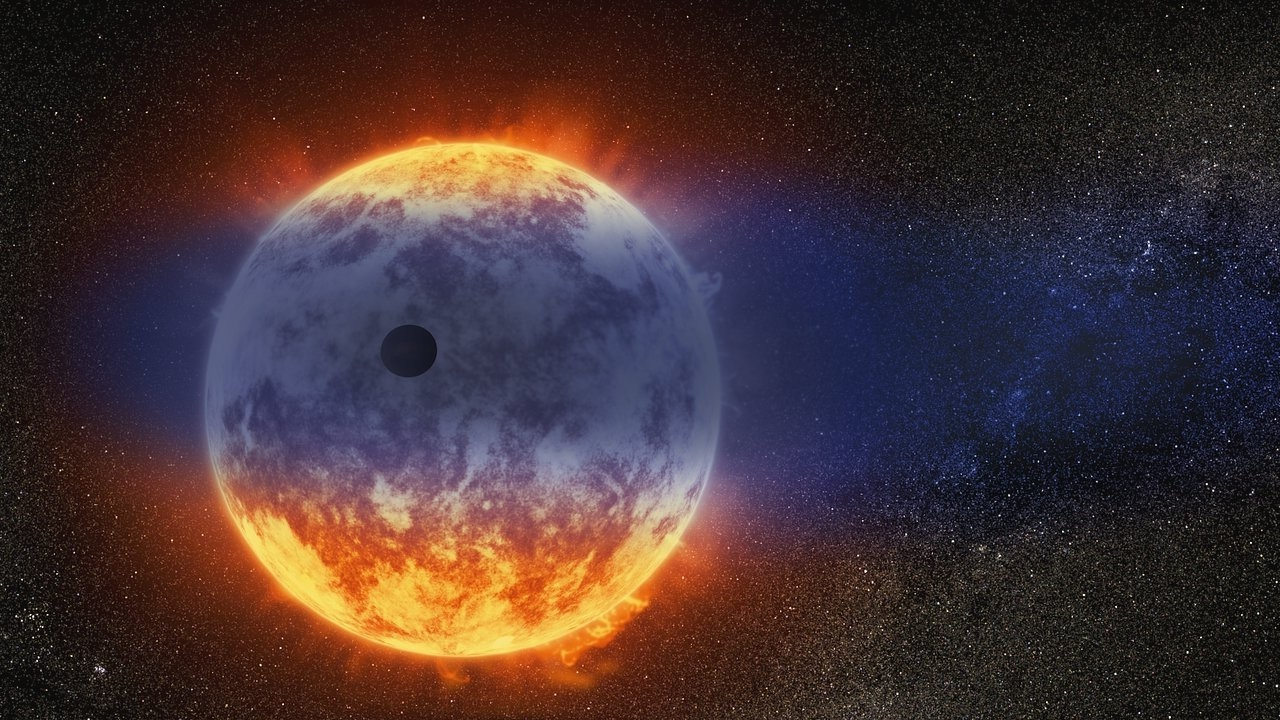
Scientists find a surprise ingredient in exoplanet cake mix — sulfur dioxide
By Keith Cooper published
The presence of sulfur dioxide around a hot Neptune exoplanet with an evaporating atmosphere could help us understand how it formed.
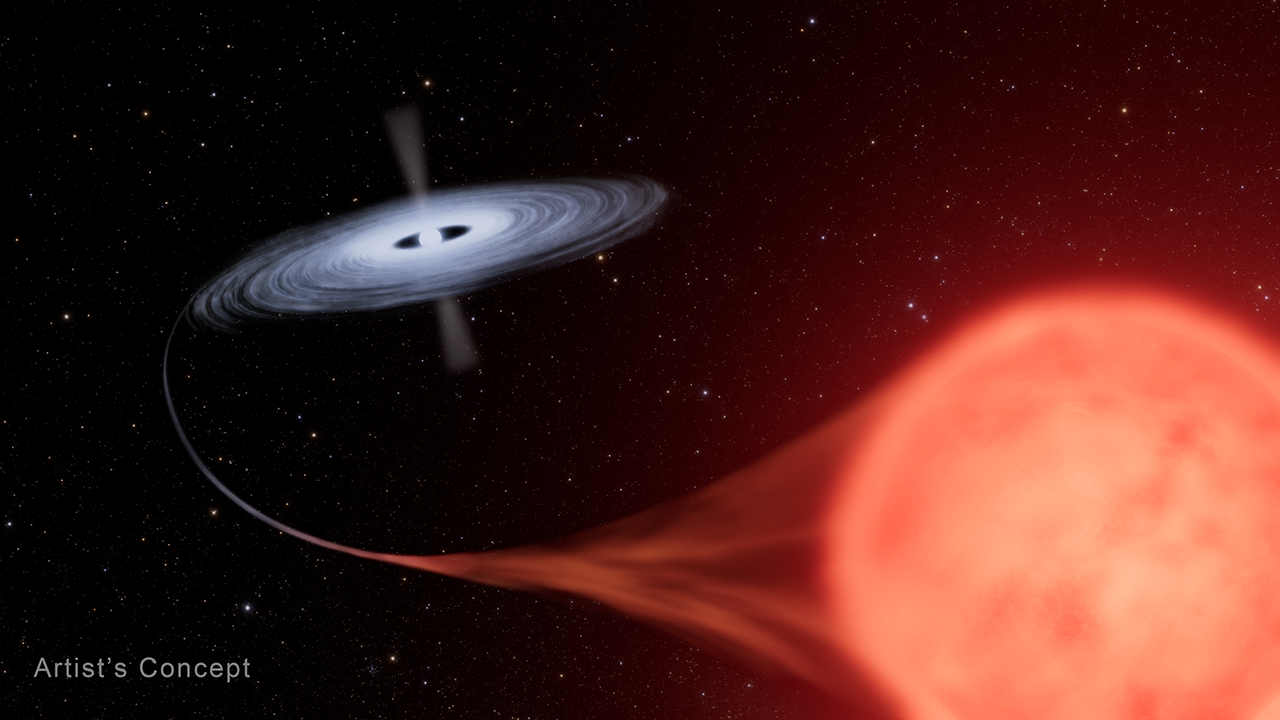
A star that exploded like a nuclear bomb is still raising questions half a century later
By Keith Cooper published
The nova caused HM Sge to brighten in our night sky by 250 times.
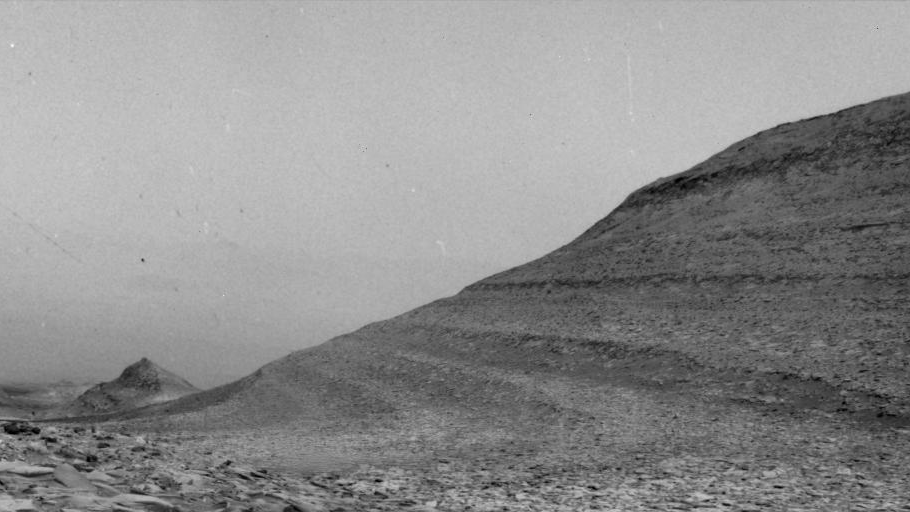
Solar storm douses Mars in radiation as auroras flicker in the Red Planet sky (video)
By Keith Cooper published
NASA's fleet of robotic Martian explorers measured the effects of May's dramatic solar storms, experiencing the equivalent of undergoing about 30 chest X-rays all at once.
Get the Space.com Newsletter
Breaking space news, the latest updates on rocket launches, skywatching events and more!
